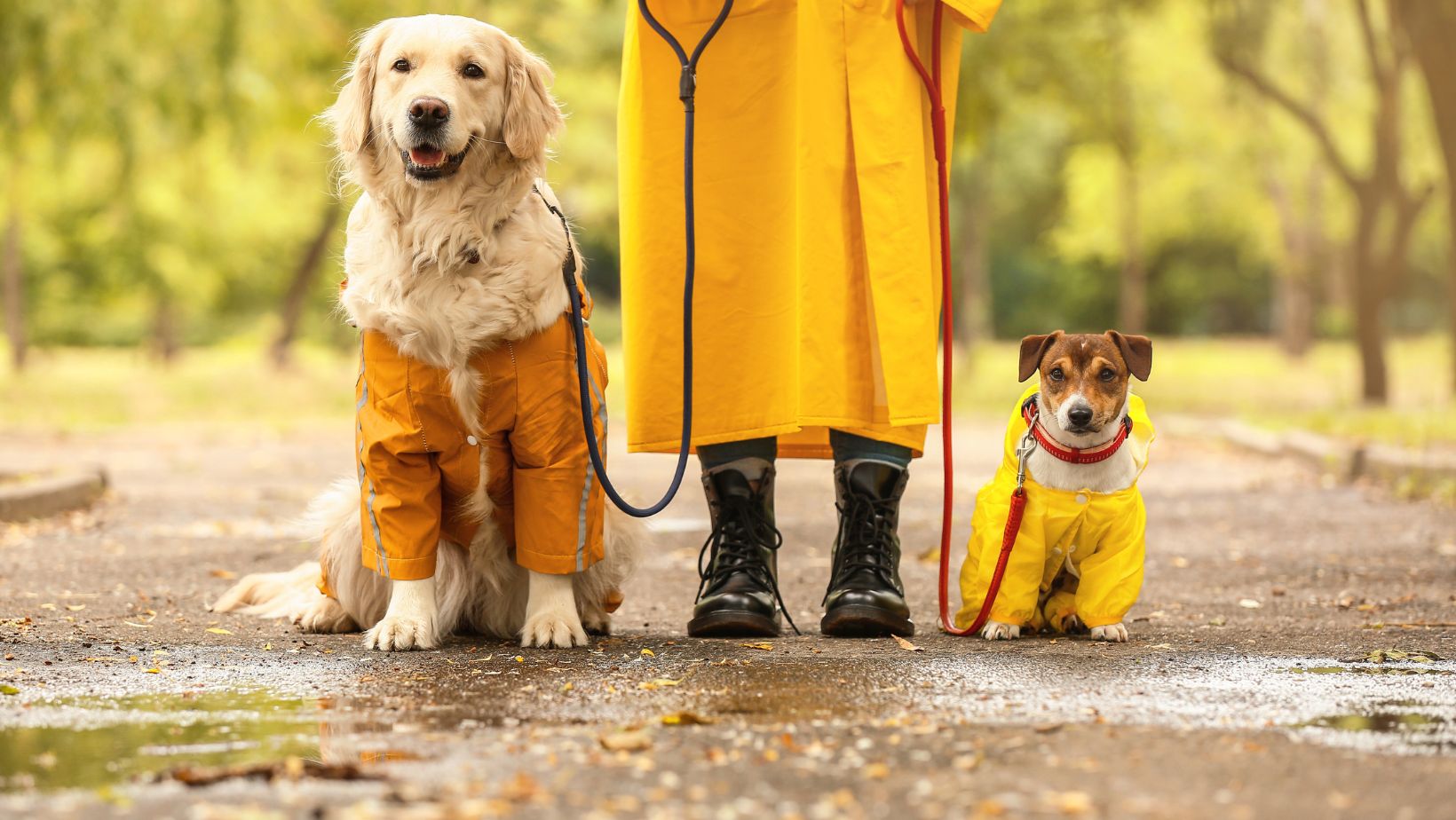How to Stop Dog Being Territorial at Home
Are you struggling with your Labrador’s territorial behavior at home? It can be quite frustrating and challenging to deal with a dog that exhibits possessiveness over their space. In this article, I’ll share some effective strategies on how to stop your dog from being territorial and promote a more harmonious environment for both you and your furry friend.
Territorial behavior is not uncommon in Labradors, as they are naturally protective of their surroundings. However, it’s essential to address this behavior early on to prevent it from escalating into aggression or other behavioral issues. The first step is understanding the root cause of your dog’s territoriality.
One possible reason for territorial behavior in Labradors is their instinctual need to guard and protect their family members and belongings. Another factor could be poor socialization or past experiences that have triggered anxiety or fear associated with their territory. By identifying the underlying cause, you can tailor your approach accordingly and help alleviate the issue.
Stay tuned as we delve into practical techniques and training methods that will help curb territorial behaviors in Labradors. From establishing boundaries to positive reinforcement exercises, we’ll explore various approaches that will transform your home into a peaceful haven for both you and your beloved four-legged companion.
Understanding Territorial Behavior in Labradors
When it comes to territorial behavior in Labradors, it’s important to understand the underlying reasons behind this instinctual behavior. Dogs, including Labradors, have a natural inclination to protect their territory and mark their presence. To address and manage territorial behavior in Labradors, we need to delve into the factors that contribute to it.
- Instinctual Nature: Labradors have a strong instinct for guarding and protecting their territory. This instinct dates back to their ancestors who were bred as working dogs on farms and estates. The desire to defend their space is deeply ingrained in their DNA.
- Boundaries and Territory: Territorial behavior in Labradors can manifest when they perceive any encroachment on what they consider as “their” space. This can include areas such as the house, yard, or even certain objects like toys or beds that they claim as their own.
- Social Hierarchy: Dogs are pack animals by nature, and within a household, they view themselves as part of a social hierarchy. When a Labrador displays territorial behavior at home, it may be an attempt to assert dominance or establish its position within the family unit.
- Fear or Insecurity: In some cases, territorial behavior can stem from fear or insecurity. If a Labrador feels threatened or uncertain about its environment or interactions with other people or animals, it may resort to defensive behaviors such as marking territory aggressively.
- Lack of Training and Socialization: Proper training and socialisation play crucial roles in shaping a dog’s behavior. Without adequate guidance and exposure to different environments, situations, and individuals during puppyhood, Labradors may develop heightened territorial instincts that require intervention later on.
Understanding these factors helps us approach territorial behavior in Labradors with empathy while devising effective strategies for managing this innate drive. By providing consistent training techniques focused on reinforcement rather than punishment, creating a secure and stimulating environment, and promoting positive social interactions, we can help our Labradors overcome excessive territorial behavior and foster a harmonious living space for both humans and pets.
Remember, addressing territorial behavior requires patience, consistency, and understanding. With the right approach, you can guide your Labrador towards becoming a well-balanced and confident companion at home.

Identifying Signs of Territorial Behavior at Home
When it comes to dealing with territorial behavior in Labradors, it’s essential to first understand the signs that indicate this type of behavior. Recognizing these signs early on can help you address the issue and prevent any potential problems from escalating. Here are some key indicators to look out for:
- Excessive barking: One common sign of territorial behavior is when your Labrador constantly barks or growls at anyone approaching their space. This could include visitors, delivery personnel, or even neighbours passing by your home.
- Guarding possessions: If you notice your Labrador becoming possessive over certain objects like toys, food bowls, or beds, it could be a sign of territoriality. They may exhibit aggressive tendencies when others try to approach or take away these items.
- Marking territory: Dogs often use urine marking as a way to establish their territory. If you find your Labrador urinating frequently inside the house, particularly on vertical surfaces like walls and furniture legs, it might be an indication of territorial behavior.
- Defensive body language: Pay attention to your dog’s body language when they feel threatened in their home environment. Raised hackles (the hair along their back), stiff posture, and a tense facial expression are all indications that they’re ready to defend their territory.
- Lunging or snapping: In extreme cases, territorial dogs may display aggressive behaviors such as lunging towards intruders or snapping at people who encroach upon their perceived territory.